The idea of a French garden and a formal garden are often inseparable from one another. They are synonymous with symmetry and geometry, terraces and balustrades, parterres, knot gardens, water features, axes and topiary. And so, on a recent visit to the Loire Valley, also known as ‘the garden of France’, I was surprised by the diversity and wildness of many of the gardens being created there. From drought tolerant planting to garden weeds tours and from innovative kitchen gardens to resilient planting at the International Garden Festival, the wealth and variation of gardens in Val de Loire cannot be overstated. If you’re visiting the Loire Valley this summer, here are some highlights not to be missed.
You might also be interested in our piece on remarkable French gardens.
Garden highlights from the Loire Valley
The Sun Garden at Château de Villandry
At Château de Villandry, one of the most visited château gardens in the region, you will find everything that you would expect from a traditional French garden. When you look across the sweeping view of the gardens you are met with box parterres, lime avenues and a vegetable garden laid out with immense precision.
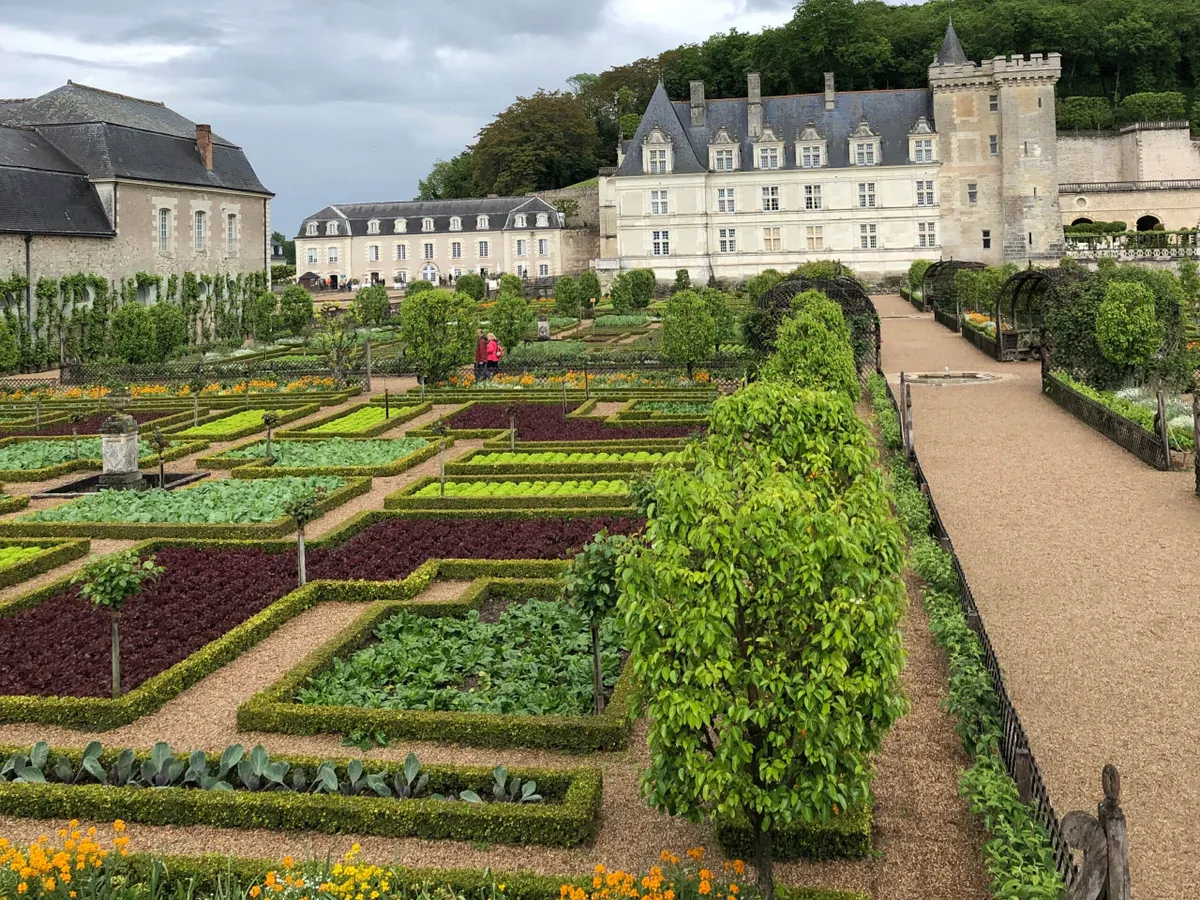
However, as you wander further away from the house, you’ll find a more playful style of garden not visible from the castle’s imposing façade. The Sun Garden, on the château’s highest terrace, is filled with drought-tolerant planting laid out by the current owner, Henri Carvallo. Created in 2008 and 2009, based on designs created by his great-grandfather, Henri brought The Sun Garden to life with the help of several experts. Louis Benech, a renowned landscape architect who started his career with an apprenticeship at Hillier’s nurseries in the UK, chose the perennials and Alix de Saint-Venant, landscape architect and owner of Château de Valmer, designed the garden’s overall structure.

Fifteen years later and the garden is beautifully established – they rarely water it (not at all in 2021, and just three times in the heatwave of 2022) and the planting, although still laid out in formal sections has a looseness and a lightness to it. Among the extensive planting list you'll find achilleas, geums, Carex, euphorbias, Solidago and Echinacea. It is an unexpected space in what is otherwise a very traditional garden, and certainly challenges the perception that a formal space needs to be a high-maintenance one (though Villandry has plenty of those too).
The International Garden Festival at the Domaine de Chaumont-sur-Loire
Down the river from Villandry, you will find the Domaine de Chaumont-sur-Loire, home to the International Garden Festival and a UNESCO world heritage site. Each year, thirty temporary gardens are created at the site by people ranging from garden designers to philosophers.

This year, with the theme of Resilient Garden, builds included James Basson’s understated ‘Le Paysage Microcosmique’ which showcases a European steppe landscape where there is little soil and water is scarce. The garden features plants such as Lomelosia, Jerusalem sage and tree spurge that he describes as “tolerators rather than competitors.”
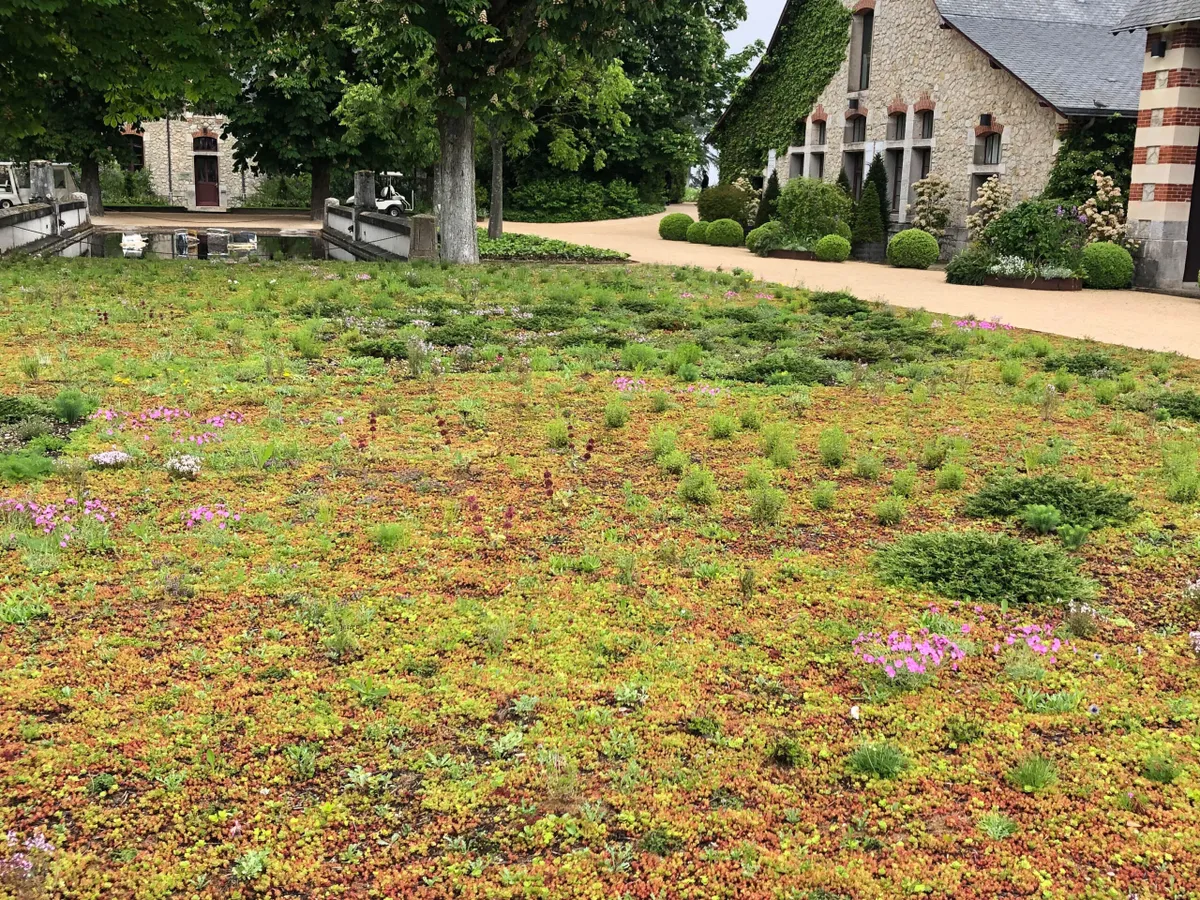
If you’re used to visiting UK flower shows like Chelsea, then the International Garden Festival is quite a change of pace. I encountered pools that had been dyed red in Louise Quintana and Guillaume Collaudin’s garden ‘Une (Presque) Île Vertueuse’ and piles of blue glass, representing salt, in a garden filled with plants adapted to high levels of salinity called ‘Le Chant du Sel’. A particularly captivating garden element were the ‘nests’, akin to cocoons you could sit in, covered in sedums, grasses, Mexican fleabane and heucheras which represented microcosms of mother earth in environmental artist Catherine Cocherel’s garden ‘Nids D’Humain’.
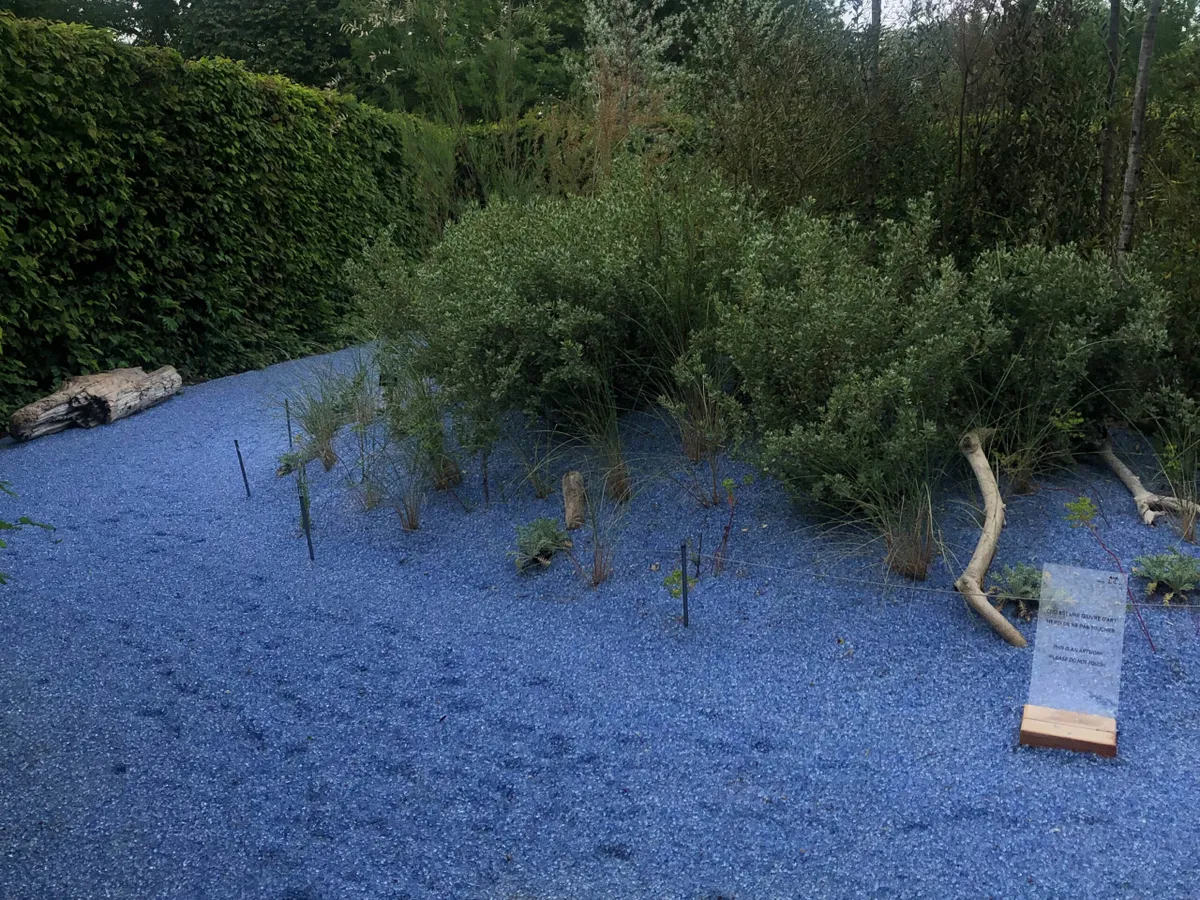
The exhibits were certainly more experimental than what I’ve come to expect from a flower show and as the Festival runs from April to November each year, the gardens were also designed with seasonal longevity in mind, making it a great spot to pick up some inspiration for your own garden.
Visit Domaine de Chaumont-sur-Loire
Where to stay - for a peaceful retreat and a comfy bed
The Orchard of Paradise at Château du Rivau
The first château I visited on my trip, in Lémeré, was the Château du Rivau – a beautiful hotel and gardens and home to the restaurant Jardin Secret, which alone would make a visit there worthwhile. Château du Rivau is surrounded by sprawling gardens laid out by owner Patricia Laigneau. Under her stewardship Rivau is also the holder of France’s national collection of scented roses, including several English varieties such as Rosa 'Munstead Wood' and Rosa 'William Shakespeare'. Peacocks parade freely through the grounds and there doesn’t appear to be any one theme to the way the gardens are laid out; each room is based on a classic fairy tale – there is a Love Potion Garden, an Enchanted Forest and a Rapunzel’s Garden to name a few.
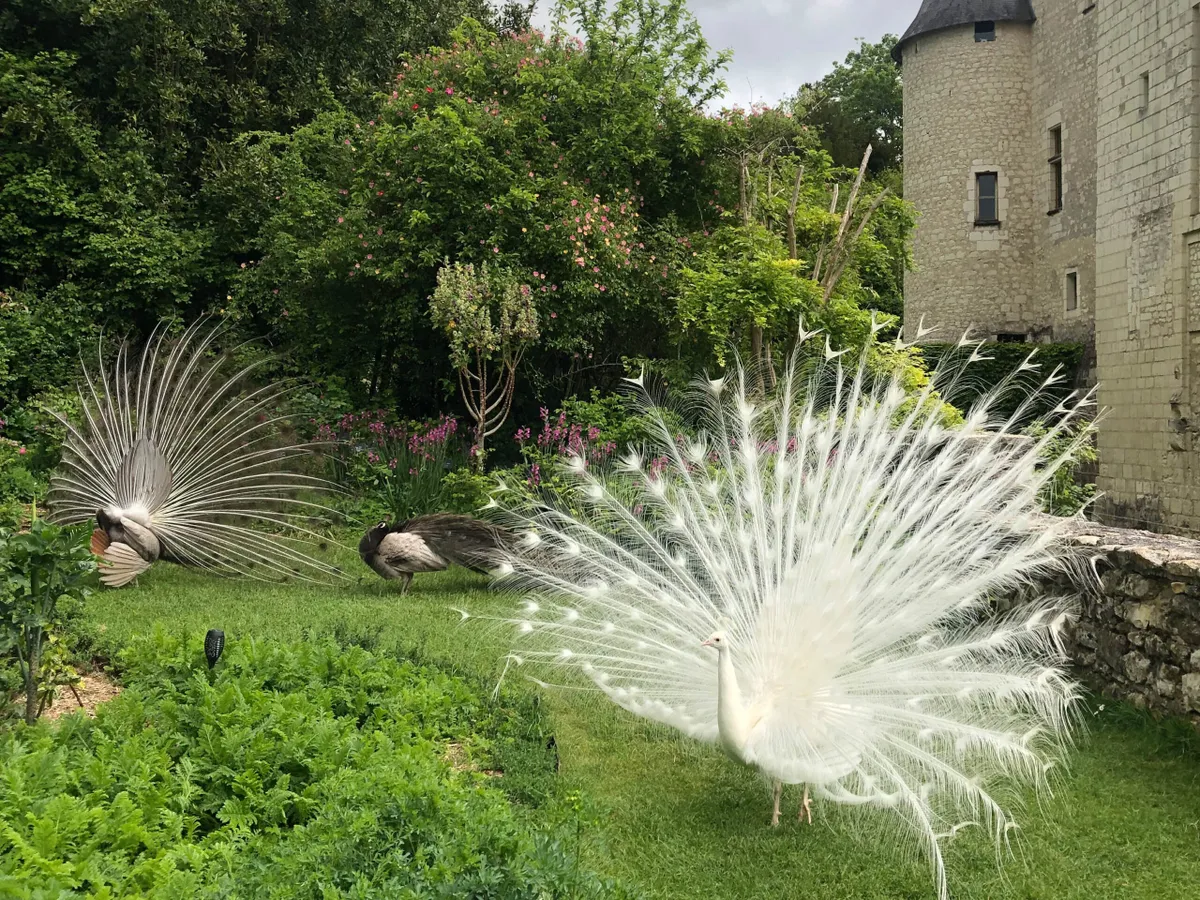
I was most drawn to the swathes of naturalistic planting in the Orchard of Paradise where ornamental grasses and day lilies were planted together and buttercups were running their way around the edges. “Of course, this natural type of planting is trendy now,” Patricia told me, “but I was planting like this thirty years ago.” Within the orchard, medlars, apples, cherries and almond trees are underplanted with climbing roses and in the spring, carpets of Muscari followed by Nigella.
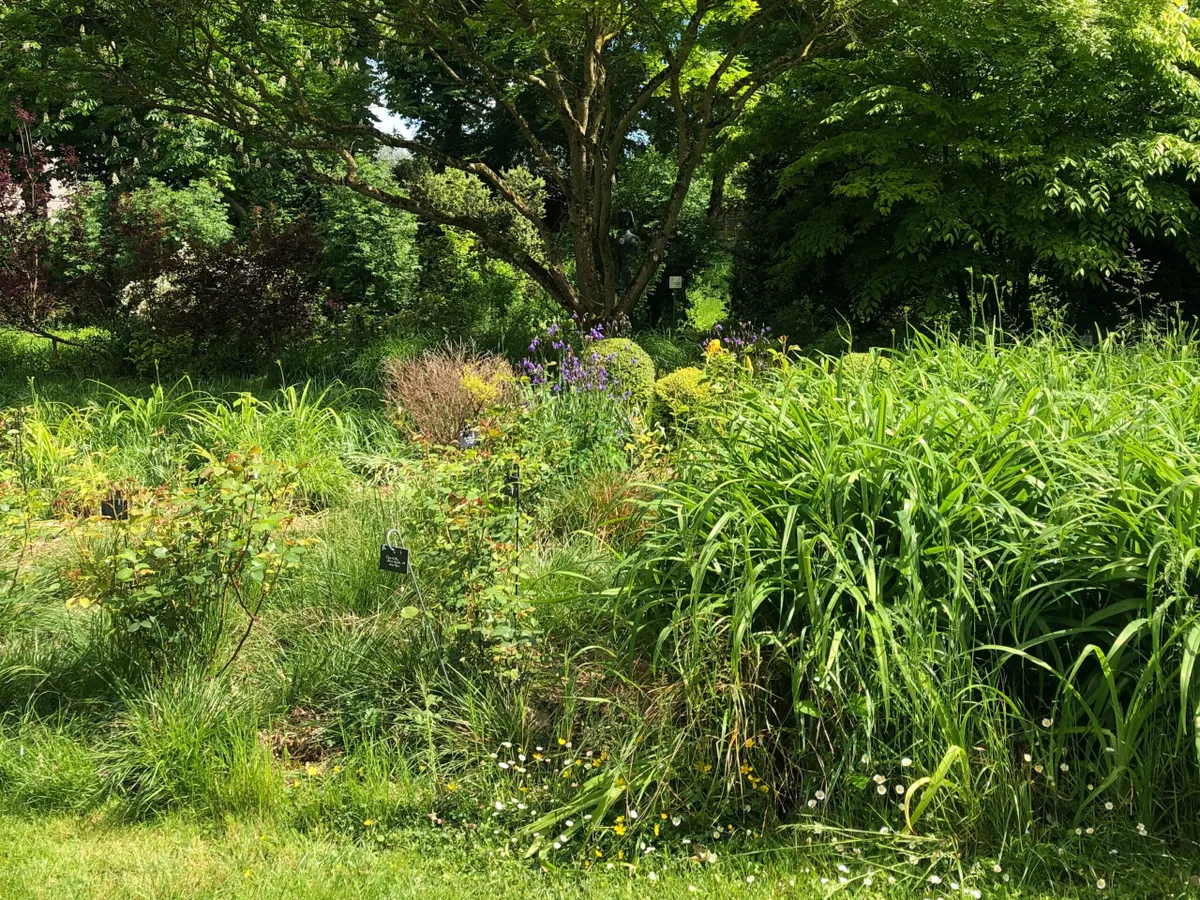
In the kitchen garden, which is in the centre courtyard of the château and visible from many of the castle’s luxurious hotel rooms, there are grapes trained up Dr Seuss-esque metal structures creating ‘trees’ of Vitis, underplanted with bearded irises. It is certainly not a space that one would get bored of exploring and lends itself well to visitors with children.
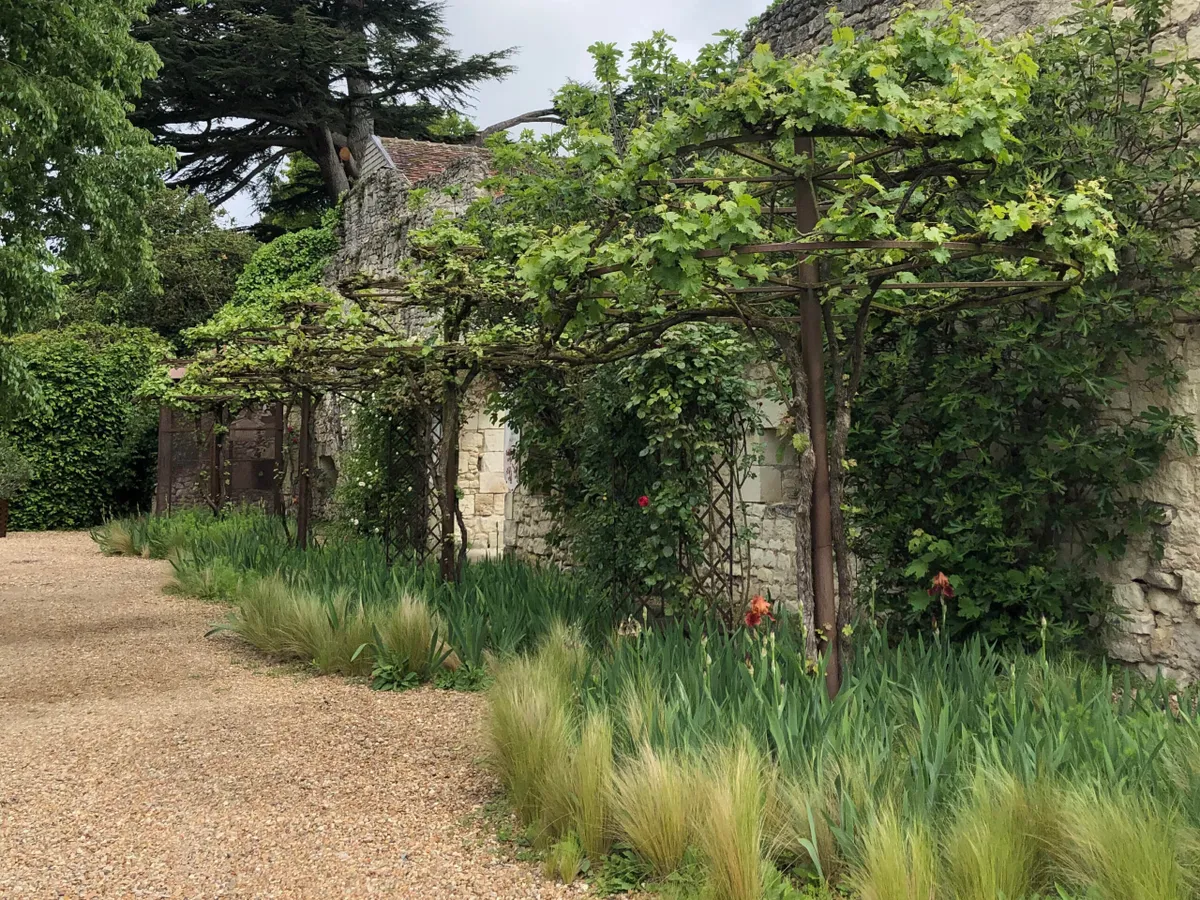
Edible flower tours at Château de Valmer
At Château de Valmer, known for producing exceptional Vouvray wines from their 35 hectares of vineyards, you can take part in wine tastings and garden tours. Laid out in Italianate terraces, the garden seems fairly traditional at first glance, but on a garden tour with Maurine, one of the château’s guides, it became clear that the owners are working closely to support nature and wildlife in this formal setting.
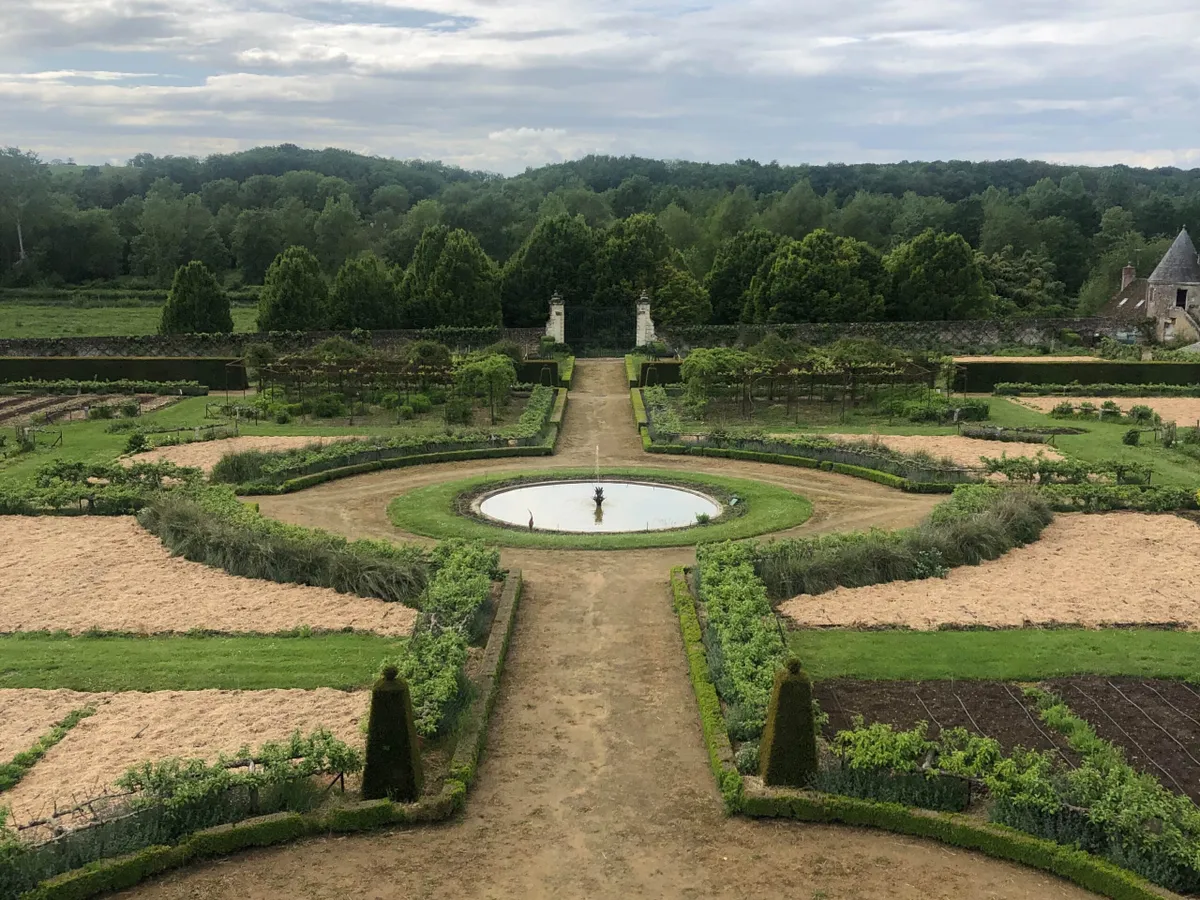
In the conservatory kitchen garden, apple trees have been underplanted with Nepeta to attract more pollinators and around the edges of each square of planting, honeybeams have been placed to provide shelter and food for predators and pollinators.

Wandering about the kitchen garden with a woven trug in hand, Maurine plucked flowers including day lilies, chives, thyme and rosemary for us to try with a glass of wine (or five) at the end of the tour. She talked us through the historical uses of some of the plants in the kitchen garden, including woad (Isatis tinctoria), also known as dyer’s woad for its use in creating indigo clothing dyes.

Around the kitchen garden, the leniency on allowing weeds to flourish was noticeable – clovers, dandelions, daisies and buttercups were all established. Maurine said this was something they were happy with and alongside their edible flower tours, they’ve launched weed tours of the garden, encouraging people to learn about the uses and importance of these common garden plants. “Weeds have their place in the garden and there are many things to say about them,” she told me. If you’re looking for somewhere to pick up inspiration on creating an edimental garden or somewhere to spend an afternoon wine tasting in the sun, then Château de Valmer should be top of your list.
Where to eat – for plot to plate dining showcasing the best of the Loire Valley
- Jardin Secret at Chateau du Rivau
- Les Jardiniers
- Christhophe Hay's Fleur de Loire
- Bistro L'Oppidum at Caves Ambacia
- Mémoire at La Borde en Sologne
- Relais de Chambord
Permaculture at the Domaine National de Chambord
Tucked away in and around the walled garden at Château de Chambord, a UNESCO World Heritage Site and listed as a historical monument in France since 1840, is the recently redeveloped vegetable garden. Although at Chambord you’ll find some of the most quintessentially formal castle gardens around, for the productive areas of the estate the team have taken a totally different approach. Creating an organic potager garden and managing the surrounding agricultural fields under permaculture principles, working in harmony with nature is central to the ethos.

The Jardins-Potagers aim to regenerate the soil while providing produce for the château and to sell at market. Fifty percent of what’s grown on site is used within the grounds, at the restaurants or given to staff who all take home one basket of veg a week. On a tour with one of the gardeners I met their flock of Sologne sheep, a local breed, and watched bees coming and going from their hives. The garden is peaceful and feels a million miles away from the rest of the château, where you can see horse and bird of prey shows.
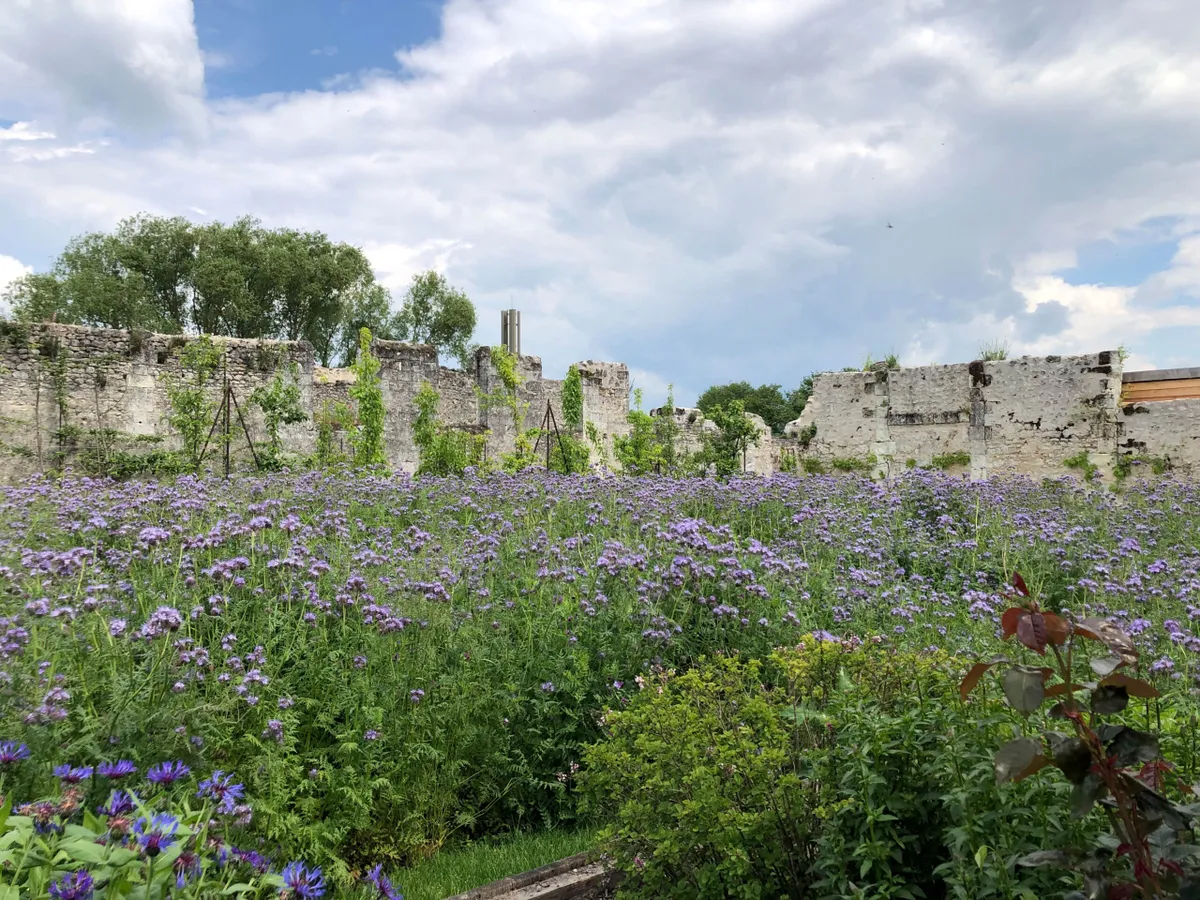
Zonal planting allows for efficiency, with the highest maintenance parts of the garden placed closest to the gardeners’ base and the low-intervention areas furthest away. By recycling water, leaving grass edges to grow long and allowing wild plants to flourish, they hope to show people that you can work alongside nature while producing food. If you've been flirting with the idea of using permaculture methods in your garden, this would be a great place to visit for some inspiration.
Visit Domaine national de Chambord
If you're still looking for the perfect summer getaway, the 'garden of France' should be top of your list.
You might also like
